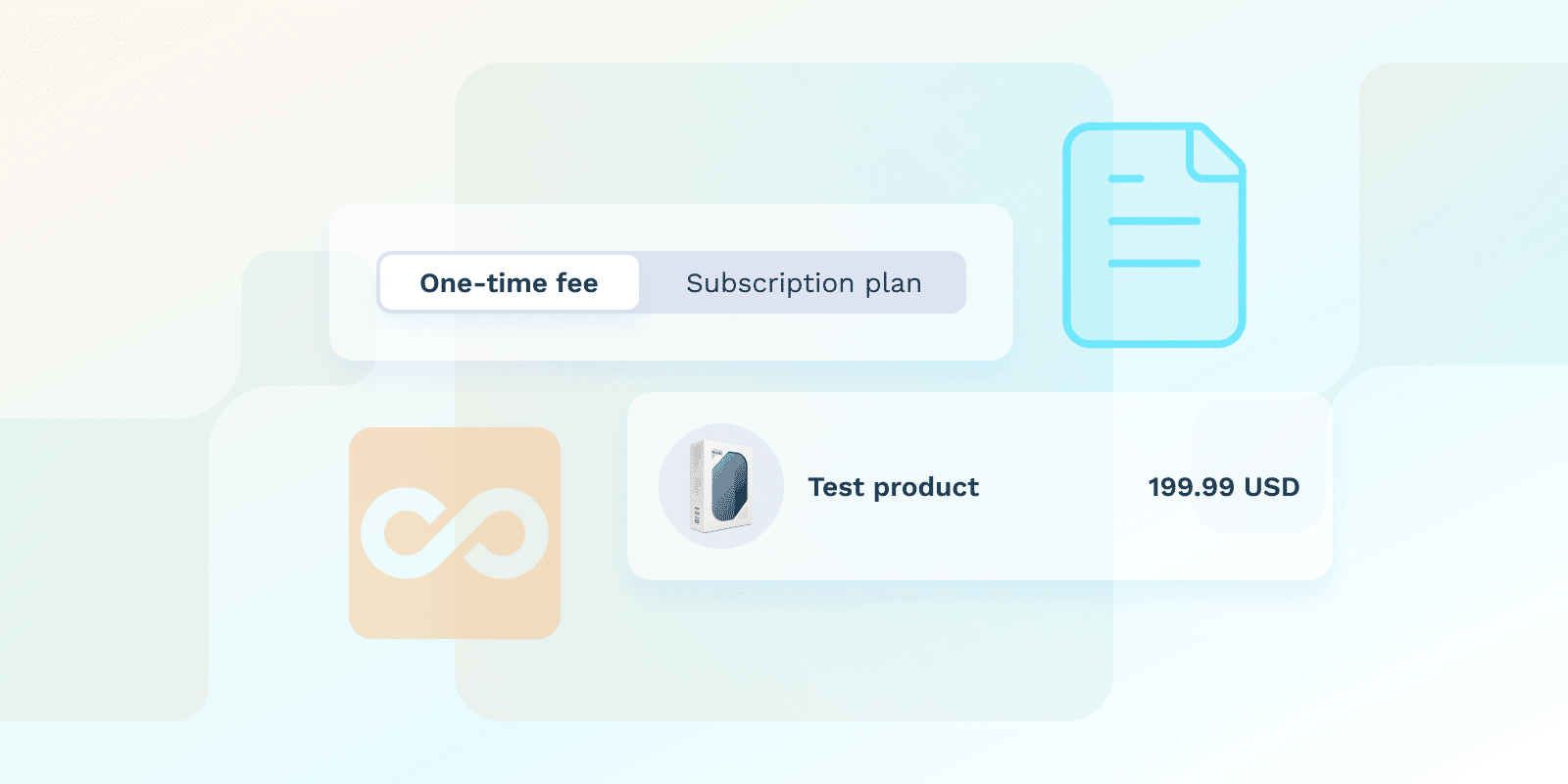Revenue Models
What is SaaS Perpetual Licensing?

What is SaaS perpetual licensing?
Perpetual licensing is a revenue model in which SaaS organizations charge customers a one-time fee in exchange for the right to access and use a software version over an indefinite period. Even though the subscription model is widely spread in the SaaS industry, software companies still employ perpetual licensing.
Through this business model, customers obtain ownership over a specific version of the version. This can be an option for organizations that do not need to use the latest technology.
How does perpetual licensing differ from subscription-based pricing?
The differences between perpetual licensing and the subscription model consist of structure and software updates.
Perpetual licensing requires a higher upfront cost on behalf of the customer but grants full ownership over a specific software version over an indefinite timeframe.
Subscription licensing, however, entails recurring monthly, quarterly, or annual payments and offers access to the latest system version and feature updates.
What are the advantages and disadvantages of using perpetual licensing for SaaS products?
Perpetual licensing has both advantages and disadvantages, which include:
Pros
- Revenue predictability over a long timeframe
- Software ownership
- Suitable model for organizations that do not require frequent updates
Cons
- Higher upfront investment
- Feature and functionality update additional costs
- Potential risk of using outdated software
When should a SaaS company consider using perpetual licensing?
Here are three instances where perpetual licensing is an appropriate revenue model for SaaS organizations:
- Your customers prefer upfront expenses instead of recurring payments.
- Your target industry is made up of businesses that are less reliant on frequent software updates.
- Your SaaS product has a definite core set of features that do not require ongoing innovation.
How can SaaS founders determine the optimal pricing for perpetual licenses?
To establish the optimal pricing for your perpetual licensing model, SaaS businesses should consider the following aspects:
- Production costs: Make sure that your pricing includes the cost of actually developing the product.
- Ongoing maintenance expenses: In addition to development costs, your pricing should incorporate support, marketing, and upkeep fees.
- Competition pricing: Perform thorough market research to understand your competitors’ offerings.
- Value proposition: Your product’s price needs to match the value your customers receive when using it.
Conclusion
In the SaaS industry, perpetual licensing positions itself as an alternative to the highly-used subscription model. Once you understand what it offers, its challenges, and its benefits, you can better decide if this revenue strategy is an appropriate alternative for your SaaS business.